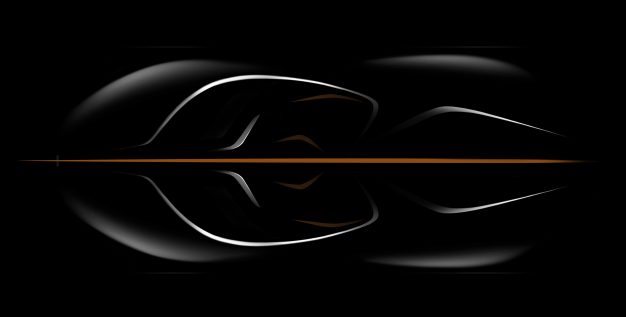Yes, a Three-Seat McLaren F1 Successor Is Really Happening

–
Riding in a three-passenger McLaren is an unrelatable experience to normal people, unless those people know an extraordinary person who owns one. Since the F1 has climbed some eight or more times in value since production ended in 1998, joyrides are becoming rarer. So as a public service, despite denying an F1 successor was in the works just months ago, McLaren is building one—or rather, 106 of them.
–
–
That’s the same number of F1s built in the 1990s—and naturally, each new chassis number already has a deposit on it, even though no customer has seen the real car. But aside from the production run, carbon-fiber chassis, and a central driver’s seat, the new three-seat McLaren, code-named BP23 for “bespoke project 2 with three seats,” has almost nothing in common with its minimalist predecessor. McLaren describes it as a “Hyper-GT,” meaning that not only will it be the fastest and most powerful McLaren to date, BP23 will also be the most luxurious, with the “highest levels of refinement.” Has McLaren gone Bugatti?
–
- –
- Archived Road Test: McLaren F1
- McLaren Starts Development of New Hybrid, V-6 Engine—and Prototype EV
- 2014 McLaren P1 Tested: It Will Turn You into a Quivering Blob
–
–
–
–
Judging by the trickle of information and that coy graphic above, we’re not sure. But it’s clear the BP23, even if it’s not technically a derivative of the mighty F1, will be quieter, cushier, and far heavier than that 2500-pound featherweight. Like the P1, the BP23 will be a hybrid. The first cars will be delivered in early 2019.
–
That’s all McLaren is saying right now. We say: If you want a ride in one, choose your rich friends carefully.
–
Car and Driver BlogCar and Driver Blog
